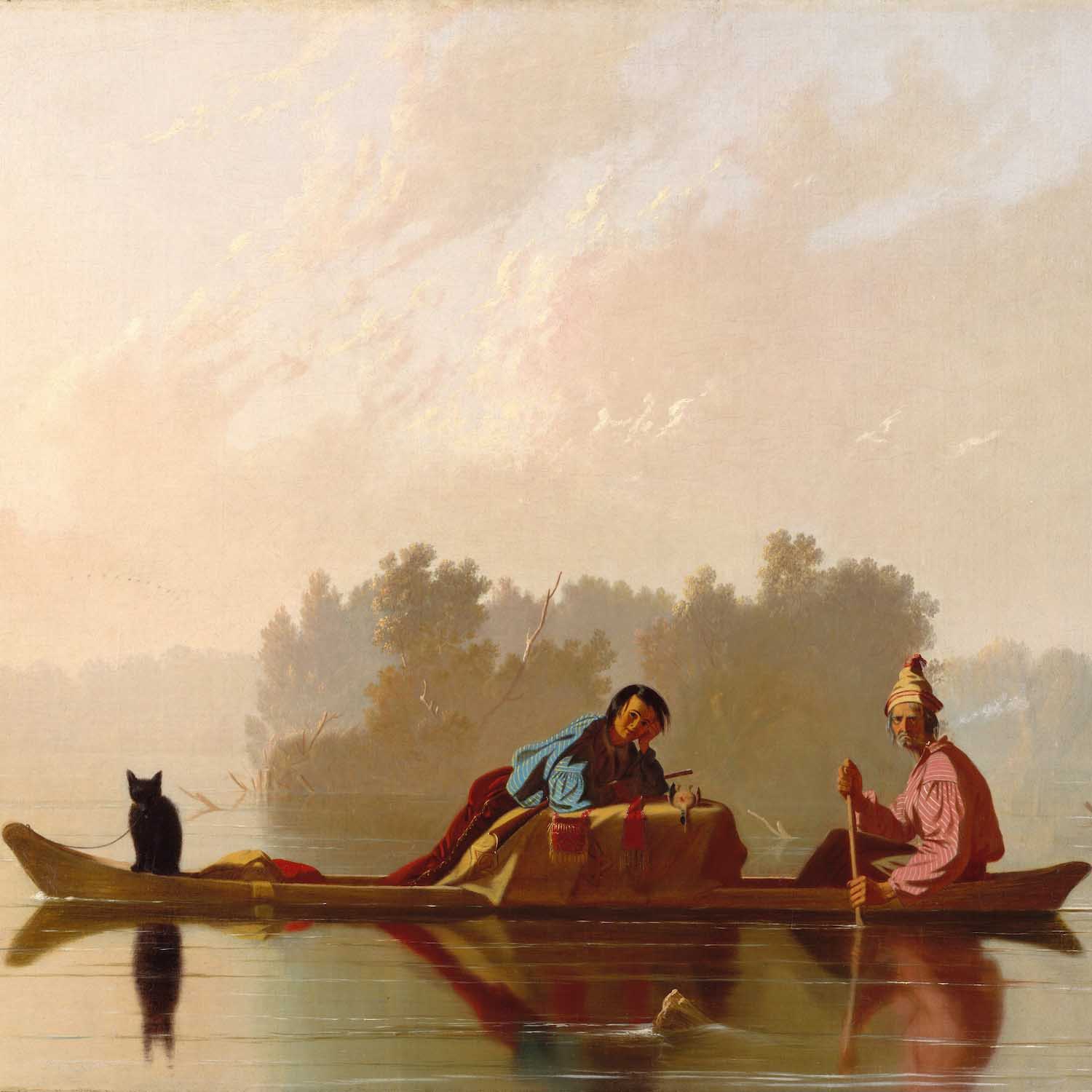
The Adventures of Huckleberry Finn
Mark Twain
Year
1884
621
873
630
513
639
1078
912
1632
566
492
1046
1075
728
576
869
1205
1223
1719
1240
1271
1385
810
831
822
1098
1041
947
1264
1363
447
1324
833
943
790
955
780
883
912
742
795
917
1102
237
Description
Embark on the adventure of a lifetime with Mark Twain's 'The Adventures of Huckleberry Finn,' an epic tale of youth, moral growth, and societal critique, set against the sprawling backdrop of the American South. This seminal work, first published in 1884, continues the story of Huck Finn, first introduced in 'The Adventures of Tom Sawyer,' as he escapes from his abusive father and sets off on a raft down the Mississippi River. Joined by Jim, a runaway slave seeking freedom, Huck's journey becomes not only a quest for his own independence but also a profound exploration of ethics, race, and friendship. As the pair navigate the complexities of the American landscape, they encounter a cast of colorful characters and a cross-section of American society, exposing the prejudices, contradictions, and peculiarities of the time. Twain's masterful use of dialect, his sharp wit, and his deep empathy for his characters make 'The Adventures of Huckleberry Finn' a deeply engaging and thought-provoking narrative. The novel challenges societal norms and prejudices, offering a scathing critique of moral hypocrisy and racism. Prepare to be transported by Twain's vivid storytelling and the unforgettable journey of Huck and Jim, as they confront the moral dilemmas of the antebellum South. 'The Adventures of Huckleberry Finn' is not just an adventure story; it's a profound commentary on freedom, identity, and the human condition, making it one of the most important works of American literature. Please note: 'The Adventures of Huckleberry Finn' is a product of its time and reflects the racial attitudes and language of the late 19th century. Mark Twain's work is often celebrated for its critical examination of societal norms and its pioneering use of dialect, but it also contains language and depictions that are considered offensive by today's standards. This novel is presented in its original form to preserve its historical context and integrity, and to foster discussion on its themes, impact, and the evolution of societal values regarding race and language.
